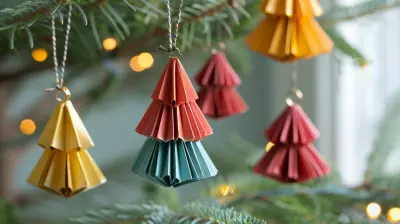Science Experiments You Can Do as a Family
9 May 2025
Science is all around us, and what better way to spend quality time with your family than by conducting fun, hands-on experiments together? These activities spark curiosity, encourage creativity, and help kids (and adults!) understand the world around them. Plus, they don’t require fancy lab equipment—just a few household items and a willingness to get a little messy!
Let’s dive into some exciting science experiments the whole family can enjoy.
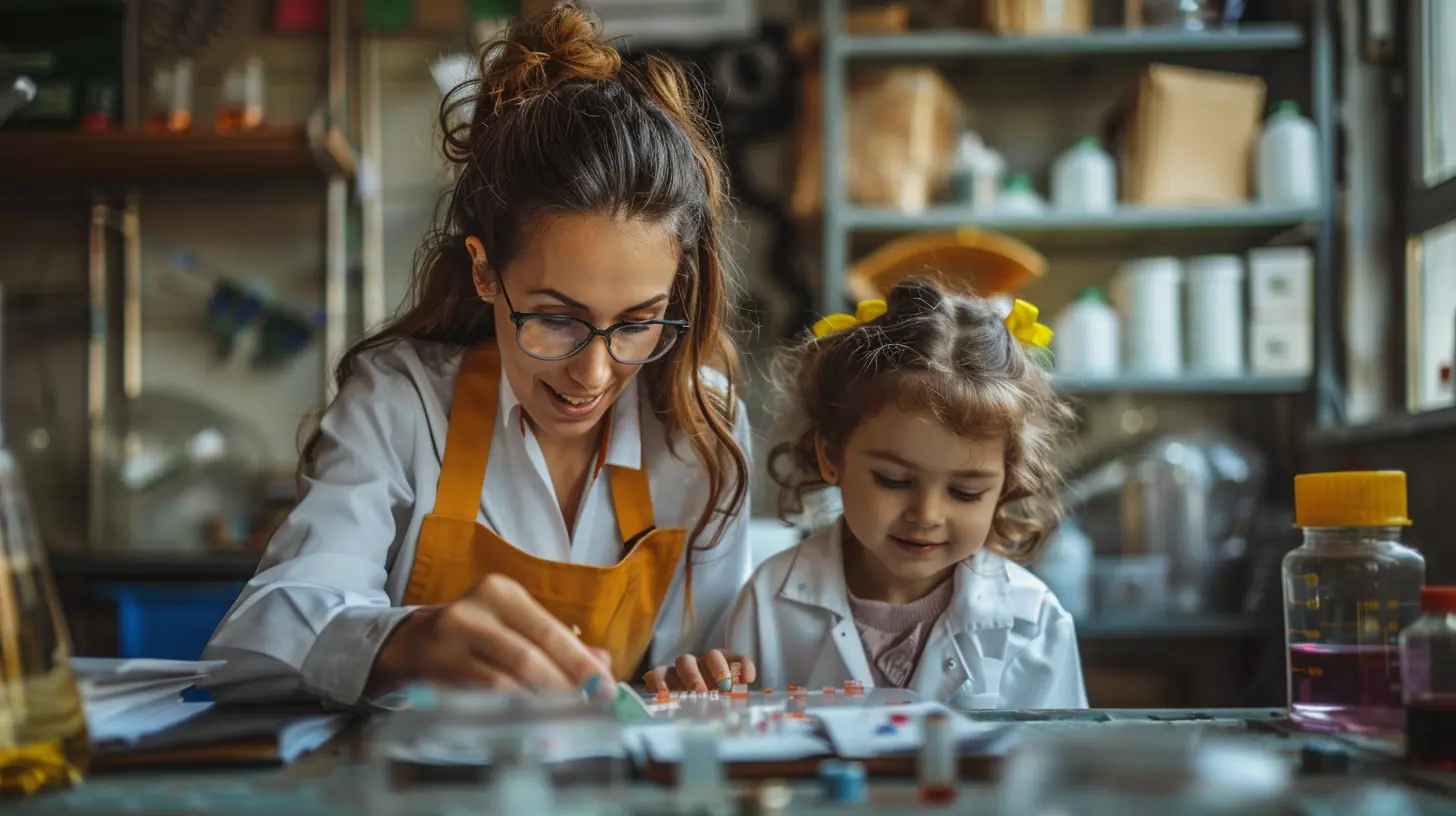
1. Magic Milk Experiment
What You’ll Need:
- A shallow dish- Whole milk
- Food coloring (multiple colors)
- Dish soap
- Cotton swabs
How It Works:
1. Pour milk into the dish until the bottom is covered.2. Add a few drops of food coloring in different spots.
3. Dip a cotton swab in dish soap and touch the milk. Watch the colors dance!
The Science Behind It:
Milk contains fat, and dish soap breaks down fat molecules. As the soap spreads, it pushes the colors in different directions, creating a mesmerizing swirl.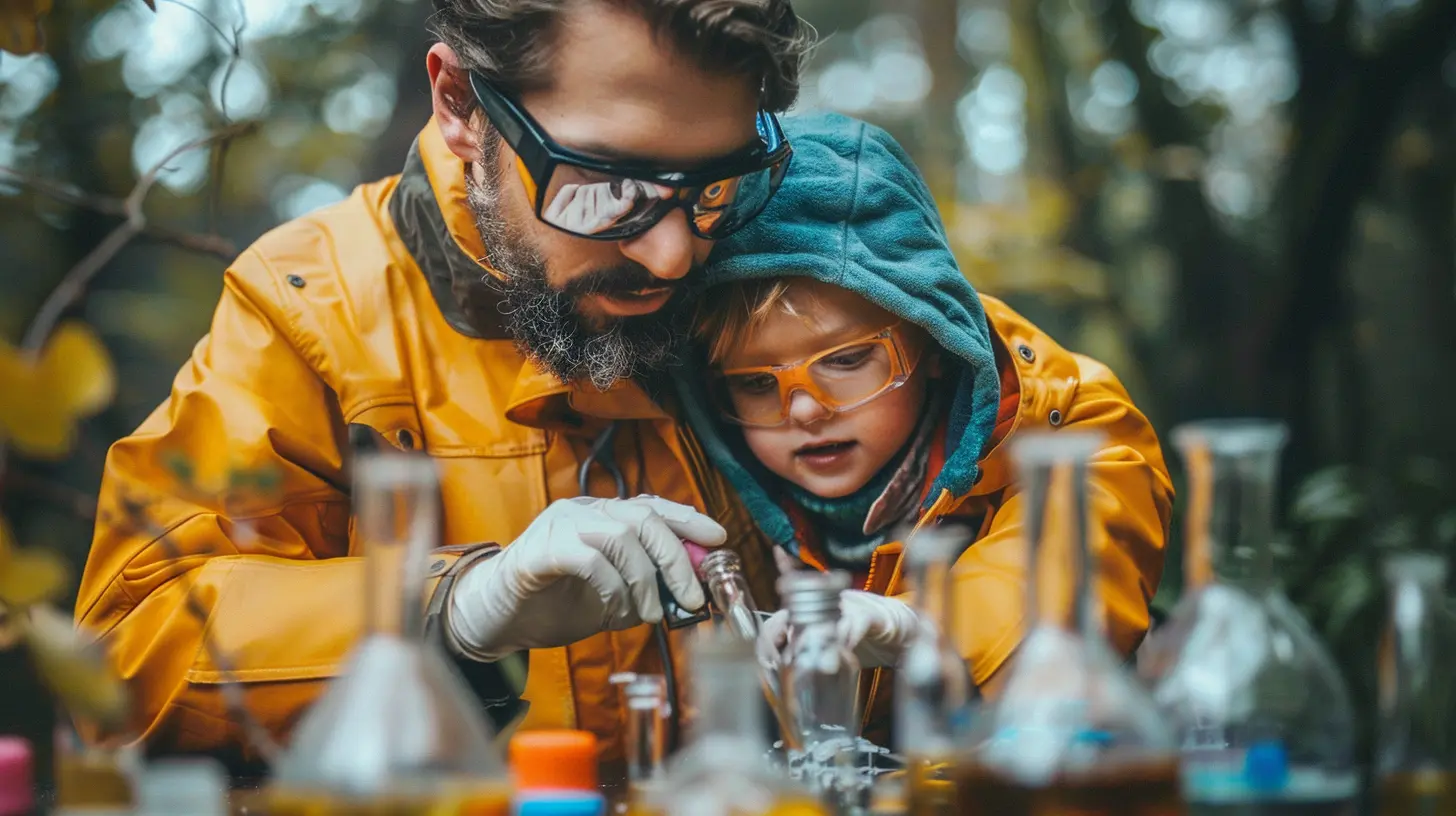
2. Baking Soda and Vinegar Volcano
What You’ll Need:
- Baking soda- Vinegar
- A small plastic cup or bottle
- Red food coloring (optional)
- Dish soap (optional)
- A tray or plate to catch the mess
How It Works:
1. Place the cup on a tray.2. Add a few tablespoons of baking soda and optional food coloring.
3. Pour vinegar over the baking soda and watch it erupt like a volcano!
The Science Behind It:
Baking soda (a base) reacts with vinegar (an acid) to create carbon dioxide gas. The gas bubbles up, creating the foamy eruption. If you add dish soap, it traps the bubbles, making the eruption last longer.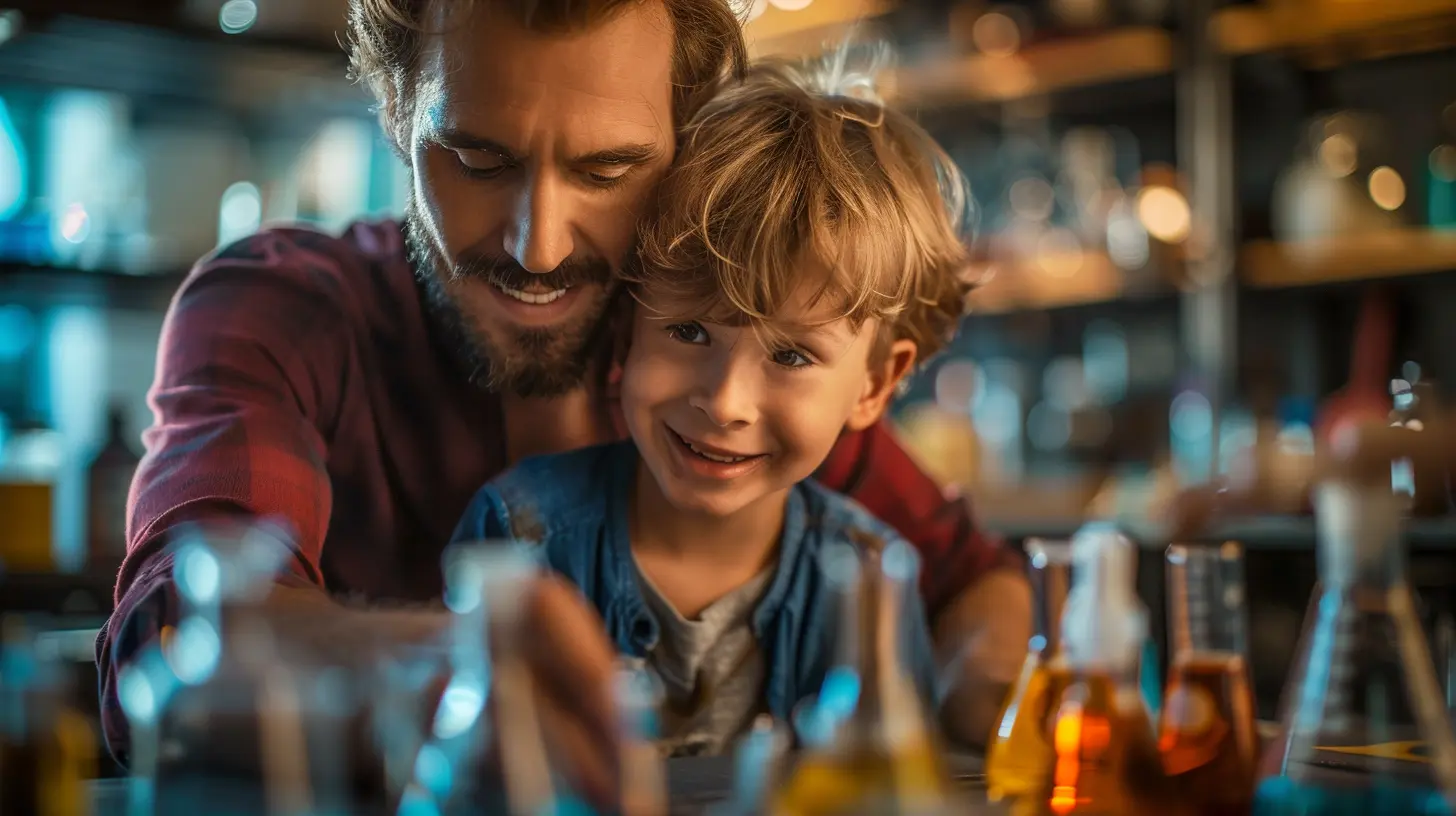
3. Egg in a Bottle Trick
What You’ll Need:
- A peeled hard-boiled egg- A glass bottle with a mouth slightly smaller than the egg
- A piece of paper
- A lighter or matches (adult supervision required)
How It Works:
1. Light a small piece of paper and drop it into the bottle.2. Quickly place the egg on top of the bottle’s opening.
3. Watch as the egg gets sucked into the bottle!
The Science Behind It:
The flame heats the air inside the bottle, causing it to expand. When the flame goes out, the air cools and contracts, creating lower pressure inside. The outside air pushes the egg into the bottle.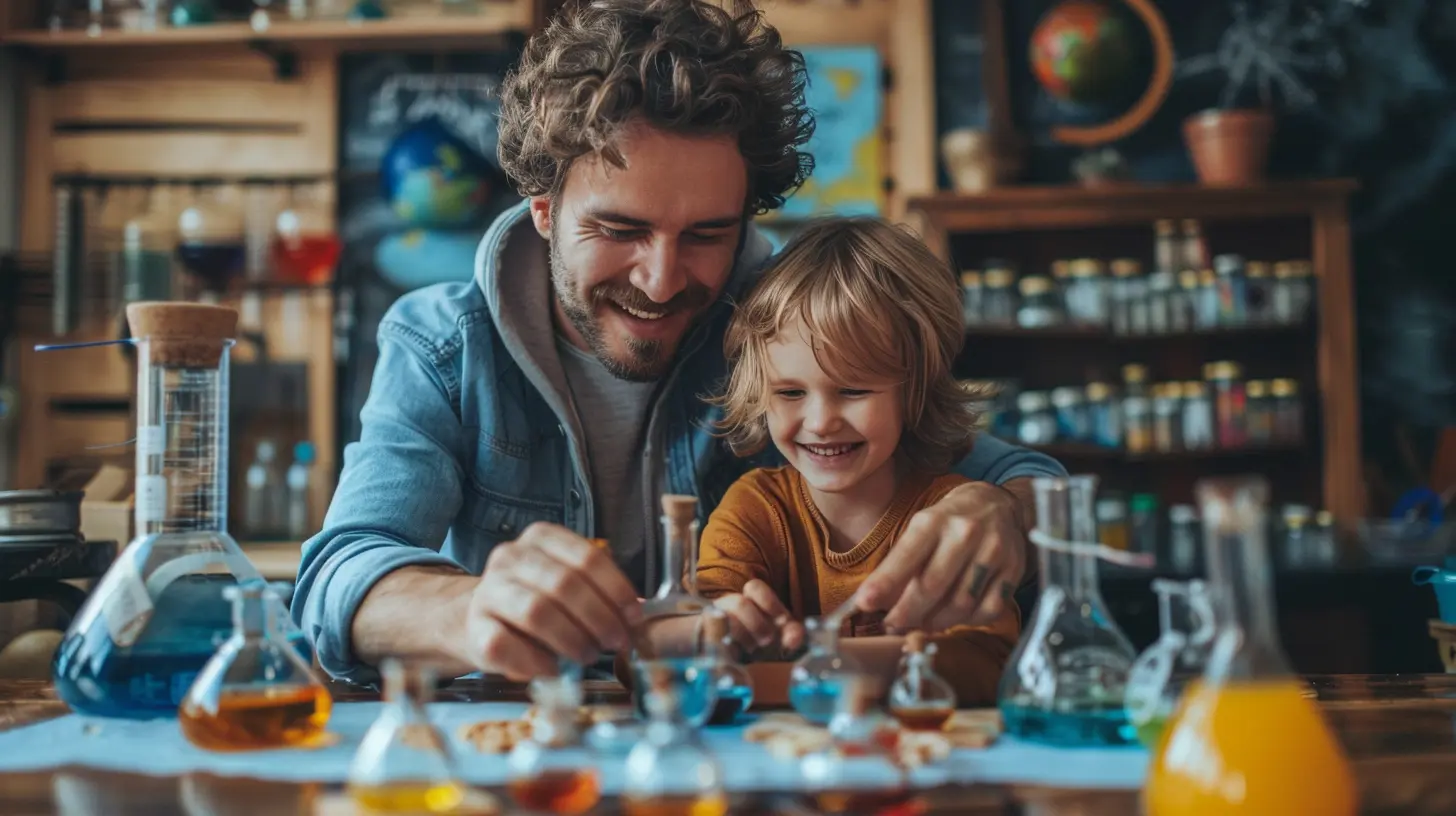
4. Invisible Ink with Lemon Juice
What You’ll Need:
- Lemon juice- A cotton swab or paintbrush
- White paper
- A heat source (lamp or iron)
How It Works:
1. Use a cotton swab to write a message on the paper using lemon juice.2. Let it dry completely.
3. Hold the paper near a heat source and watch your message appear!
The Science Behind It:
Lemon juice is an organic substance that weakens the paper’s structure. When heated, it oxidizes faster than the surrounding areas, revealing the hidden message.5. Static Electricity Balloon Trick
What You’ll Need:
- A balloon- A wool sweater or your hair
- Small pieces of paper
How It Works:
1. Inflate the balloon and tie it.2. Rub it against your hair or a wool sweater for a few seconds.
3. Hold it near the small paper pieces and watch them jump up!
The Science Behind It:
Rubbing the balloon transfers electrons to it, giving it a negative charge. The negatively charged balloon attracts the positively charged paper pieces, making them stick.
6. Walking Water Experiment
What You’ll Need:
- 3 or more clear cups- Water
- Food coloring
- Paper towels
How It Works:
1. Fill two cups with water and add food coloring (use different colors).2. Leave an empty cup between them.
3. Place one end of a folded paper towel in the colored water and the other end in the empty cup.
4. Watch as the water "walks" into the empty cup and mixes colors!
The Science Behind It:
Capillary action allows water to travel up through the tiny fibers in the paper towel, defying gravity and transferring between cups.7. Rainbow in a Jar
What You’ll Need:
- A tall clear glass or jar- Honey
- Corn syrup
- Dish soap
- Water
- Vegetable oil
- Rubbing alcohol
- Food coloring (various colors)
How It Works:
1. Carefully pour each liquid into the jar in order (heaviest first—honey, then corn syrup, then dish soap, etc.).2. Add food coloring to the water and alcohol for variation.
3. Watch as each layer stays separate, creating a rainbow effect!
The Science Behind It:
Different liquids have different densities. Heavier liquids stay at the bottom while lighter ones float on top, forming distinct layers.
8. Oobleck: The Non-Newtonian Fluid
What You’ll Need:
- Cornstarch- Water
- A mixing bowl
How It Works:
1. Mix two parts cornstarch with one part water.2. Stir until it forms a thick, goopy substance.
3. Try to punch it—it acts solid! Let it flow—it acts like liquid!
The Science Behind It:
Oobleck is a non-Newtonian fluid, meaning it changes behavior based on force. When you move it slowly, it flows like liquid, but under pressure, it hardens.9. DIY Lava Lamp
What You’ll Need:
- A clear bottle- Water
- Vegetable oil
- Alka-Seltzer tablets
- Food coloring
How It Works:
1. Fill the bottle ⅔ with oil, then add water until almost full.2. Drop in some food coloring.
3. Break an Alka-Seltzer tablet into pieces and add them one at a time.
4. Watch colorful blobs move up and down like a lava lamp!
The Science Behind It:
Oil and water don’t mix, and when you add the tablet, it releases carbon dioxide bubbles. These bubbles carry the water up through the oil, creating a mesmerizing effect.
10. Balloon-Powered Car
What You’ll Need:
- A small toy car (or make one with cardboard)- A balloon
- A straw
- Tape
How It Works:
1. Tape the straw onto the back of the car.2. Insert a balloon onto the straw and inflate it without tying it.
3. Let go and watch the car zoom forward!
The Science Behind It:
As the balloon deflates, it pushes air backward, propelling the car forward due to Newton’s Third Law: "For every action, there is an equal and opposite reaction."Final Thoughts
Science doesn’t have to be complicated or boring—when done right, it’s pure magic! These family-friendly experiments not only educate but also make for unforgettable bonding moments. So, grab some household supplies and start investigating the wonders of science together. Who knows? You might just inspire the next great inventor in your family!all images in this post were generated using AI tools
Category:
Family ActivitiesAuthor:

Steven McLain
Discussion
rate this article
4 comments
Giovanna Coleman
Thank you for this wonderful article! We love exploring science together as a family, and your suggestions are both fun and educational. It’s amazing how these simple experiments spark curiosity and bring us closer. Looking forward to trying them out!
May 31, 2025 at 2:42 AM

Steven McLain
Thank you for your kind words! I'm thrilled to hear you and your family are excited to explore the experiments together. Have fun and enjoy the curiosity!
Rebecca McCaffrey
Spark curiosity together daily!
May 18, 2025 at 2:33 PM

Steven McLain
Absolutely! Engaging in science experiments as a family is a fantastic way to spark curiosity and create lasting memories together. Enjoy exploring!
Lara McCoy
This article beautifully highlights the importance of hands-on learning in family bonding. Engaging in science experiments not only fosters curiosity and creativity but also creates lasting memories. It’s a fantastic way to inspire young minds while enjoying quality time together!
May 14, 2025 at 4:40 PM

Steven McLain
Thank you for your kind words! I'm glad you found the article valuable in promoting family bonding through hands-on science experiments. Happy experimenting!
Ember Hardy
Engaging science experiments foster curiosity and family bonding!
May 12, 2025 at 4:49 AM

Steven McLain
Absolutely! Engaging in science experiments together not only sparks curiosity but also strengthens family connections. Let’s explore and learn as a unit!


